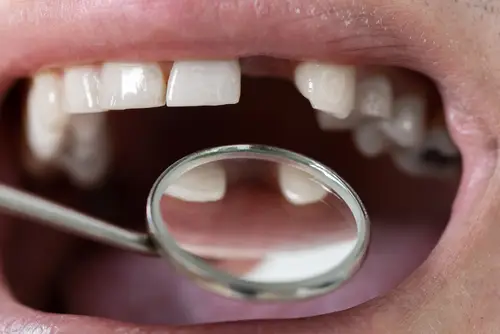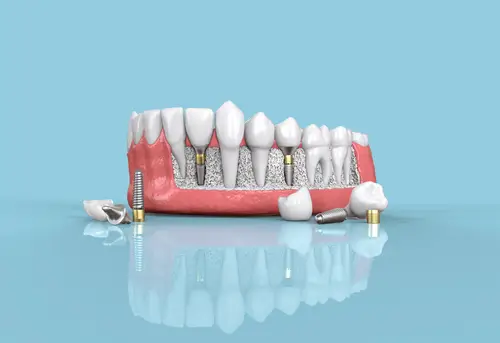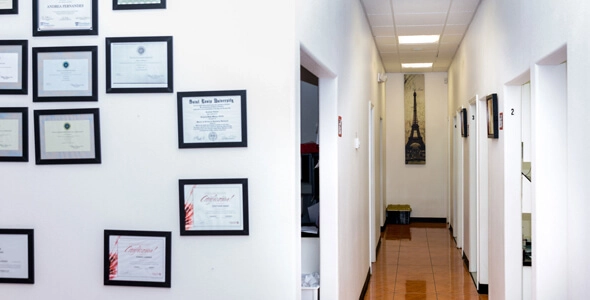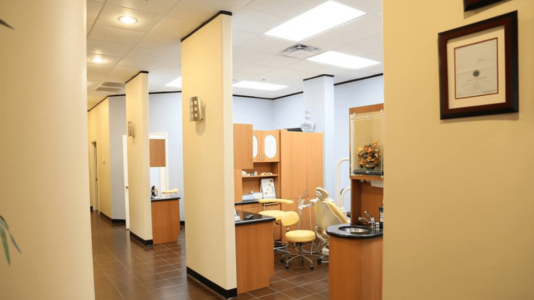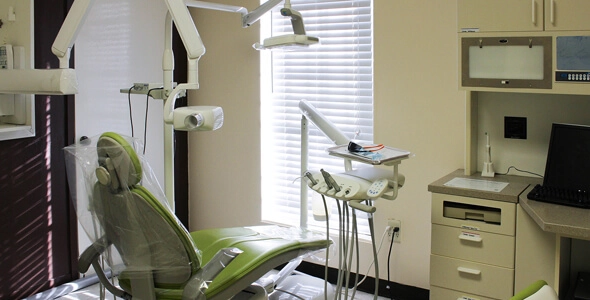Most people think of your teeth as independent units. Your dentist even has a number and name for each of your teeth! The fact is every tooth in your jaw adds up to form a complete system. Every tooth functions as a neighbor and adds support to the teeth around it. Human dentition or the full complement of teeth consists of the posterior and the anterior teeth. The anterior teeth are used to tear and cut food while the posterior ones are mainly for chewing and grinding.
The posterior teeth also maintain the vertical height of the face. If you remove these posterior teeth, your face is not as well supported as before and starts to lose height and close down. This occurrence is known as the “posterior bite collapse”. Your appearance starts to change when the height of your jaw decreases. Loss of a tooth can cause more wrinkles on your face and even droop the corners of your mouth.
The posterior teeth also affect the biting and spacing function of your anterior teeth. When a posterior tooth is lost, the pressure on the front teeth changes and can cause them to splay or move forward. As a result, it can become hard to eat food since the front teeth were not designed for chewing. Losing a tooth also comes with social implications like laughing, smiling, singing, talking, and enjoying a nutritional diet. Overall in extreme cases, losing a tooth can affect your mental and physical health.
Take a look about your options for replacing missing teeth.
Traditional Tooth Replacement Is Not So Traditional Any More
Dental implants are a comparable “new kid on the block” when it comes to replacing missing teeth. But you might be wondering if they really compare well with the other traditional systems?
Removable options
Former methods of removable tooth replacement used to include plastic “flippers” and were temporary, simple, and non-precision based in nature. Naturally, these were more affordable than precision-based options made up of metal. Both of these can substitute individual or even groups of teeth. A basic problem with removable prostheses is the stability they need to comfortably rest on the gums and teeth that tend to cause additional problems all related necessarily to their design. These include periodontal disease and tooth decay hastening the loss of teeth and bone due to the pressure transmitted to the gums on which they rest. They create short term options with documented studies that indicate that removable partial dentures need to be replaced approximately every 5 years.
For complete tooth replacement either in the lower or upper jaw, full plates or dentures are the only options. Because they are only kept on the gum tissues they apply pressure. Hence they transfer force to the underlying bone which stimulates its loss even more quickly than anticipated. They even imperil the facial structures because of this pressure. As they proceed to collapse, full dentures should be made thicker to neutralize for supplementary facial sagging and bone loss. They additionally become individually problematic in the lower jaw if the jaw has no palate for suction. Additionally, the tongue forces tend to destabilize these fixtures.
Non-removable options
Secured bridges are non-removable prostheses that are connected to natural teeth. These act by combining other teeth with a false tooth or even teeth among them “bridging” the gap. The biggest disadvantage of these fixtures is adjoining teeth or “abutment” gets cut down into small peg shapes which negotiates their long-term health. They can carry the extra load of the teeth they replace. They get more inclined to periodontal, bacterial plaque accumulation, root canal problems, and decay.



